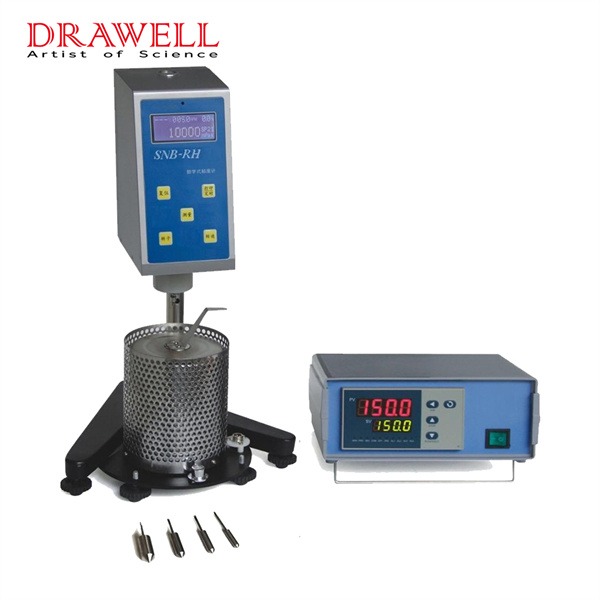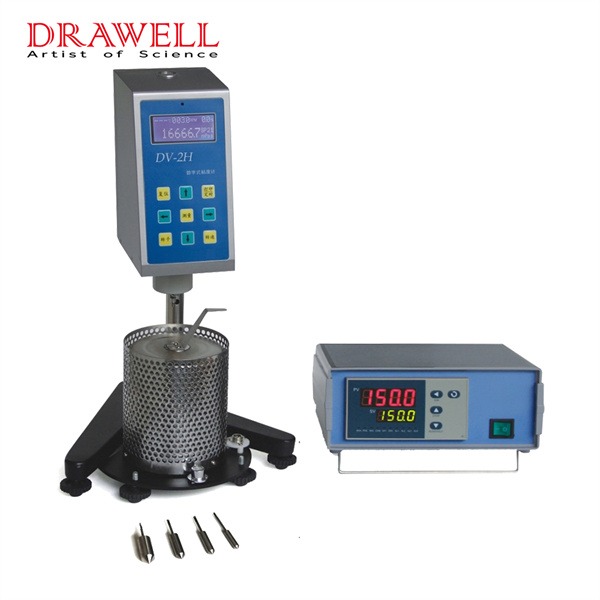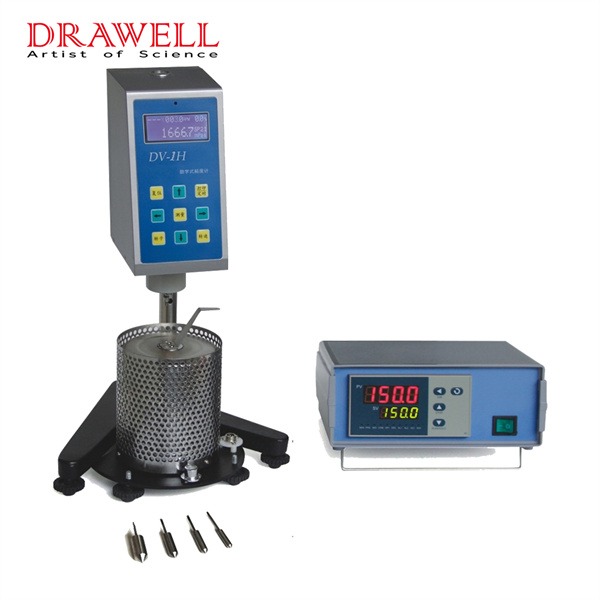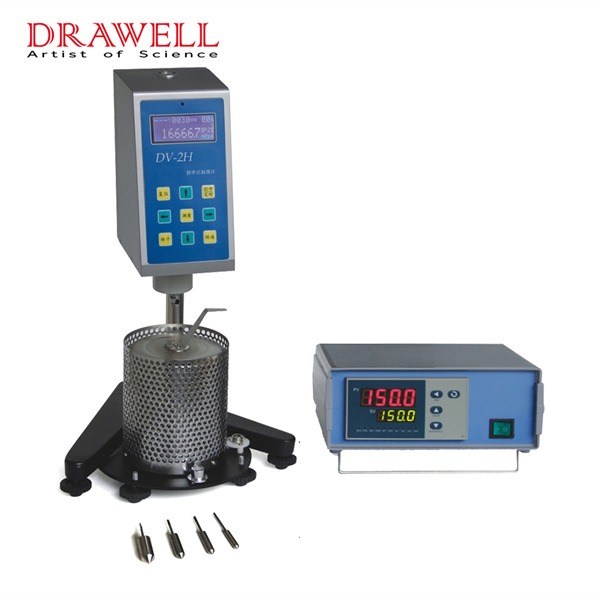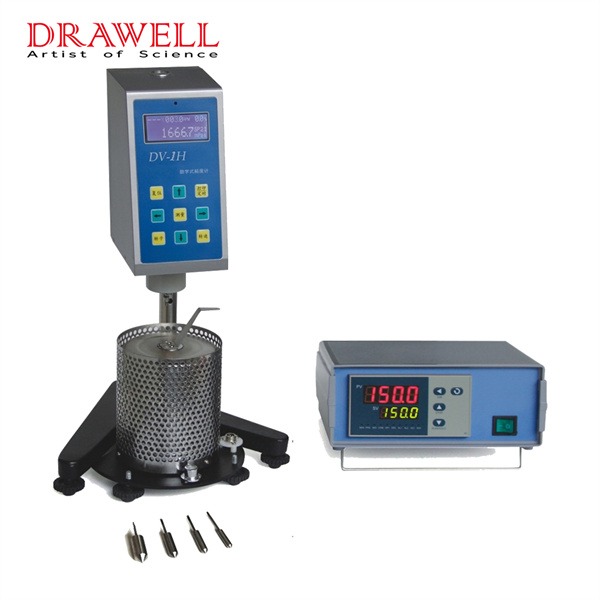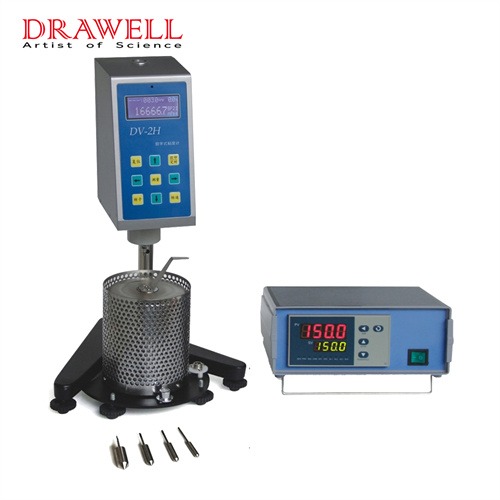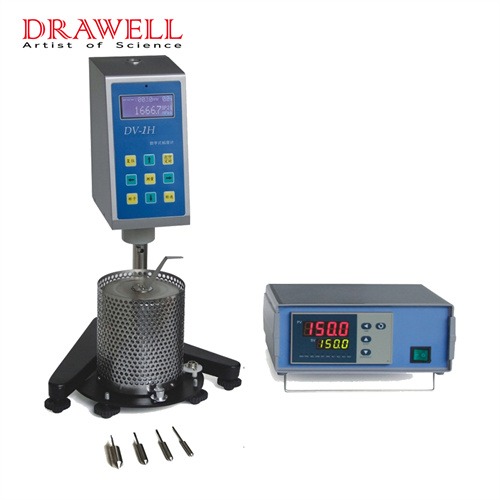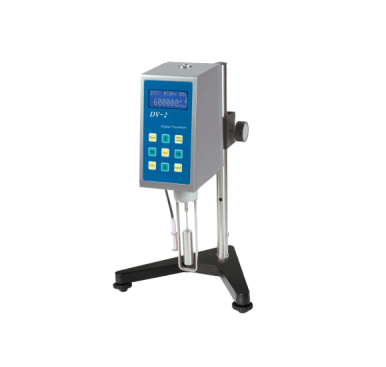Viscosity, the measure of a fluid’s resistance to flow, plays a crucial role in various industries, including pharmaceuticals, food processing, and manufacturing. Accurate viscosity measurement is vital for quality control and process optimization. To achieve this, different types of viscosity testers are available, each designed to suit specific applications. In this article, we will delve into the differences among four popular viscosity testers: NDJ 8s, NDJ 5s, LVDV, and RVDV.
NDJ 8s Viscosity Tester:
The NDJ 8s viscosity tester is a rotational viscometer that operates based on the principle of measuring the torque required to rotate a spindle at a constant speed within a fluid. This type of viscometer is widely used for non-Newtonian fluids and offers a wide range of viscosity measurement. The NDJ 8s viscometer is known for its accuracy and reliability, making it suitable for applications in various industries.
NDJ 5s Viscosity Tester:
Similar to the NDJ 8s, the NDJ 5s viscosity tester is a rotational viscometer that measures viscosity by rotating a spindle within the test fluid. However, the NDJ 5s viscometer is designed for specific applications that may require a different range of viscosity measurements. Users may choose between these two models based on the specific viscosity range and sample characteristics they are dealing with in their processes.
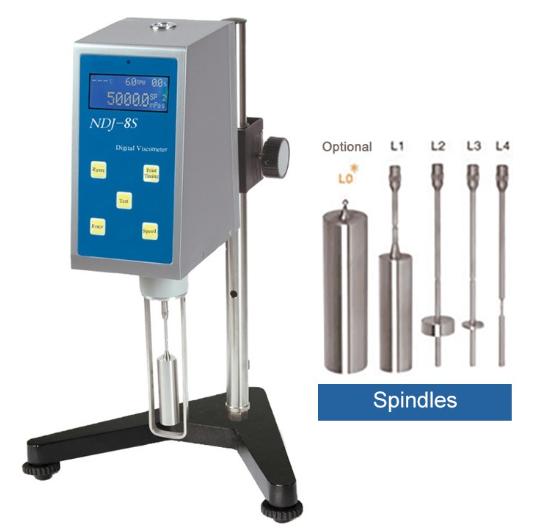
LVDV (Low-Viscosity Digital Viscometer):
The LVDV, or Low-Viscosity Digital Viscometer, is a specialized viscometer designed for fluids with low viscosity. It employs a digital display and operates on the rotational principle, making it suitable for applications where precise measurement of low-viscosity fluids is essential. The LVDV is often used in industries dealing with coatings, inks, and other thin liquids.
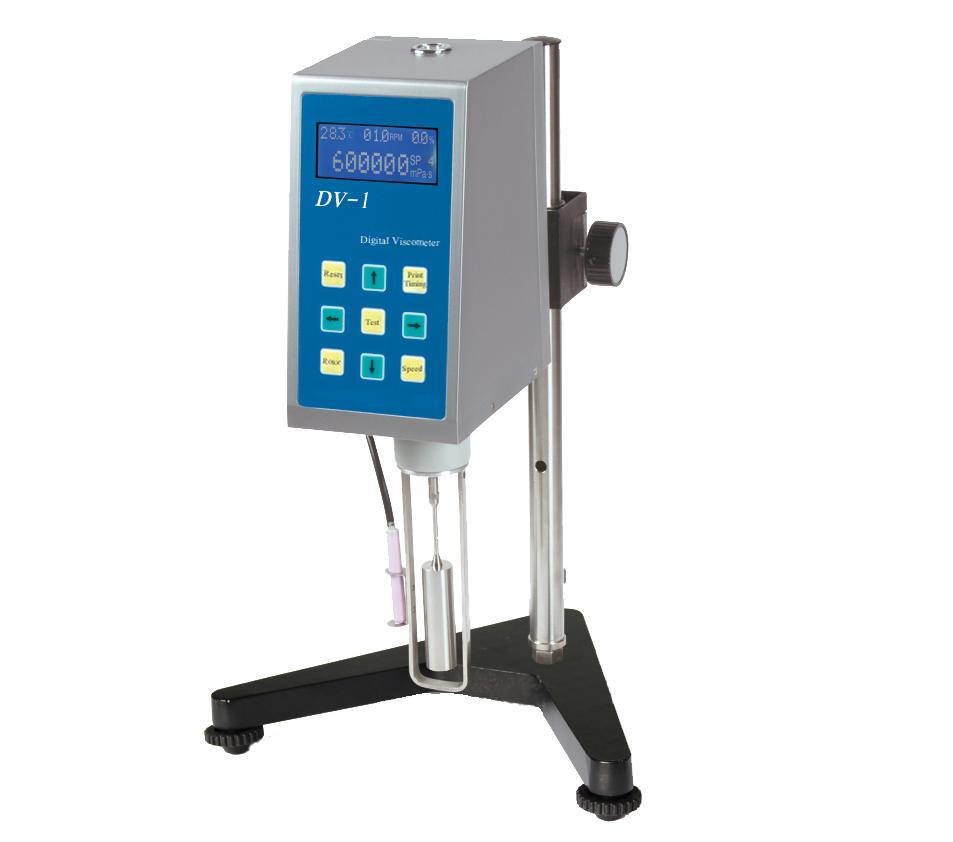
RVDV (Rolling-Ball Viscometer):
Unlike the rotational viscometers mentioned above, the RVDV viscometer, or Rolling-Ball Viscometer, operates on a different principle. This viscometer measures viscosity by assessing the time it takes for a ball to roll down an inclined tube filled with the test fluid. RVDV is particularly useful for quick and straightforward viscosity measurements of transparent liquids and is commonly employed in industries where ease of use and rapid results are crucial.
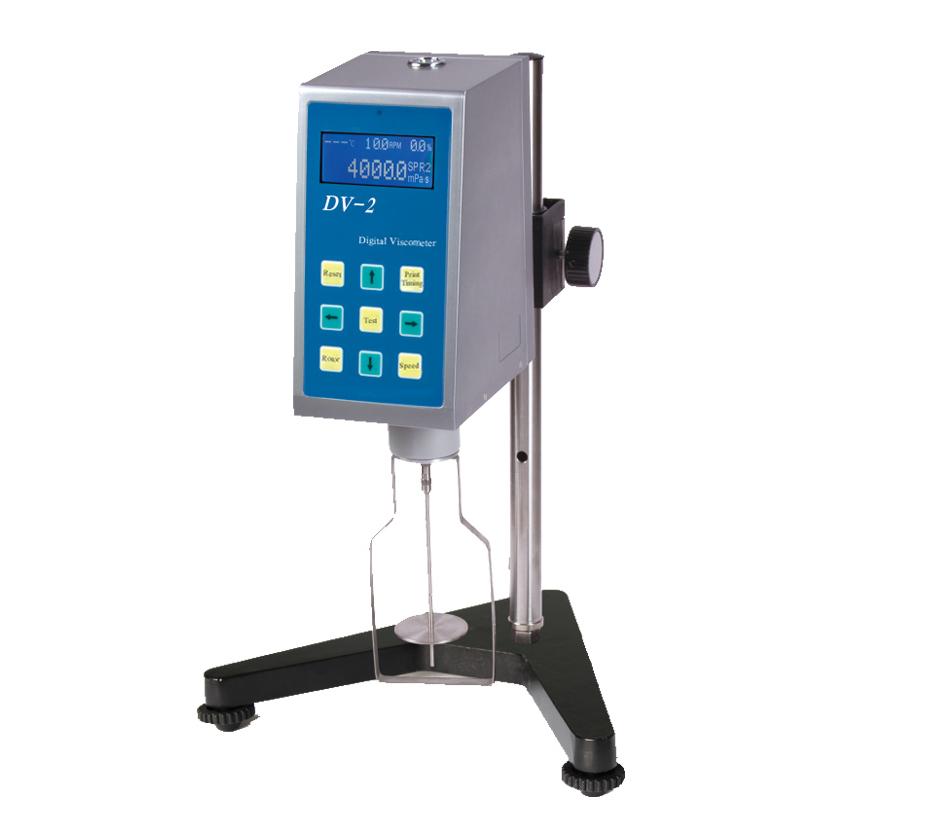
Viscosity Tester Comparison Sheet: NDJ 8s vs. NDJ 5s vs. LVDV vs. RVDV
| Feature | NDJ 8s | NDJ 5s | LVDV | RVDV |
| Test Methodologies | Rotational | Rotational | Vibrational | Vibrational |
| Sample Requirements | 2 mL | 1 mL | 0.5 mL | 0.2 mL |
| Measurement Range | 1 mPa.s – 200,000 mPa.s | 0.1 mPa.s – 100,000 mPa.s | 0.1 mPa.s – 10,000 mPa.s | 0.01 mPa.s – 1,000 mPa.s |
| Accuracy | ±1% | ±1.5% | ±2% | ±3% |
| Precision | <1% | <1.5% | <2% | <3% |
| Portability | Portable | Portable | Benchtop | Benchtop |
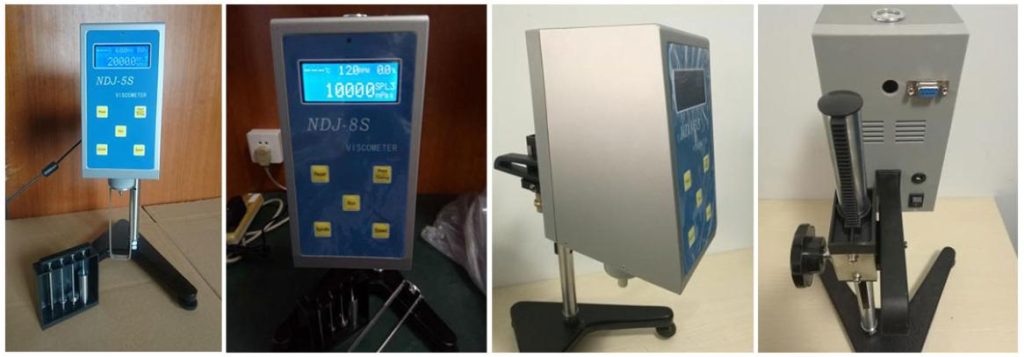
How to Choose the Right Viscosity Tester?
Choosing the right viscosity tester depends on your specific needs and the characteristics of the materials you are working with. Here are some considerations for each of the models you mentioned: NDJ 8s, NDJ 5s, LVDV, and RVDV.
NDJ 8s and NDJ 5s:
Rotational Viscometers: NDJ 8s and NDJ 5s are both rotational viscometers commonly used for measuring the viscosity of fluids. NDJ 8s may have additional features or improvements over NDJ 5s, so you might want to check the specifications of each model to see which one better suits your needs.
Considerations:
- Check the viscosity range: Ensure that the viscosity tester can measure the viscosity range of your samples.
- Spindle options: Different spindles may be needed for different viscosity ranges and sample types.
- Speed settings: Some materials require specific rotation speeds for accurate viscosity measurement.
LVDV (Low-Viscosity Diaphragm Viscometer):
Suitable for Low Viscosity Liquids: LVDV is designed for measuring the viscosity of low-viscosity liquids.
Considerations:
- Ensure that your samples fall within the low-viscosity range.
- Check the temperature range: Some viscosity testers have temperature control features, which can be crucial for accurate measurements.
RVDV (Rotational Viscometer with Digital Display):
Digital Display: RVDV, like NDJ models, is a rotational viscometer, but it specifically mentions a digital display, which could be beneficial for ease of reading and accuracy.
Considerations:
- Check the digital display features for ease of use.
- Look for any additional features that may be important for your specific applications.
Conclusion
In conclusion, selecting the right viscosity tester is crucial for achieving accurate and reliable measurements in various industries. NDJ 8s and NDJ 5s provide versatility, LVDV is ideal for low-viscosity fluids, and RVDV offers rapid measurements for specific applications. Understanding the differences among these viscosity testers will empower industry professionals to make informed decisions based on their specific viscosity measurement requirements.

